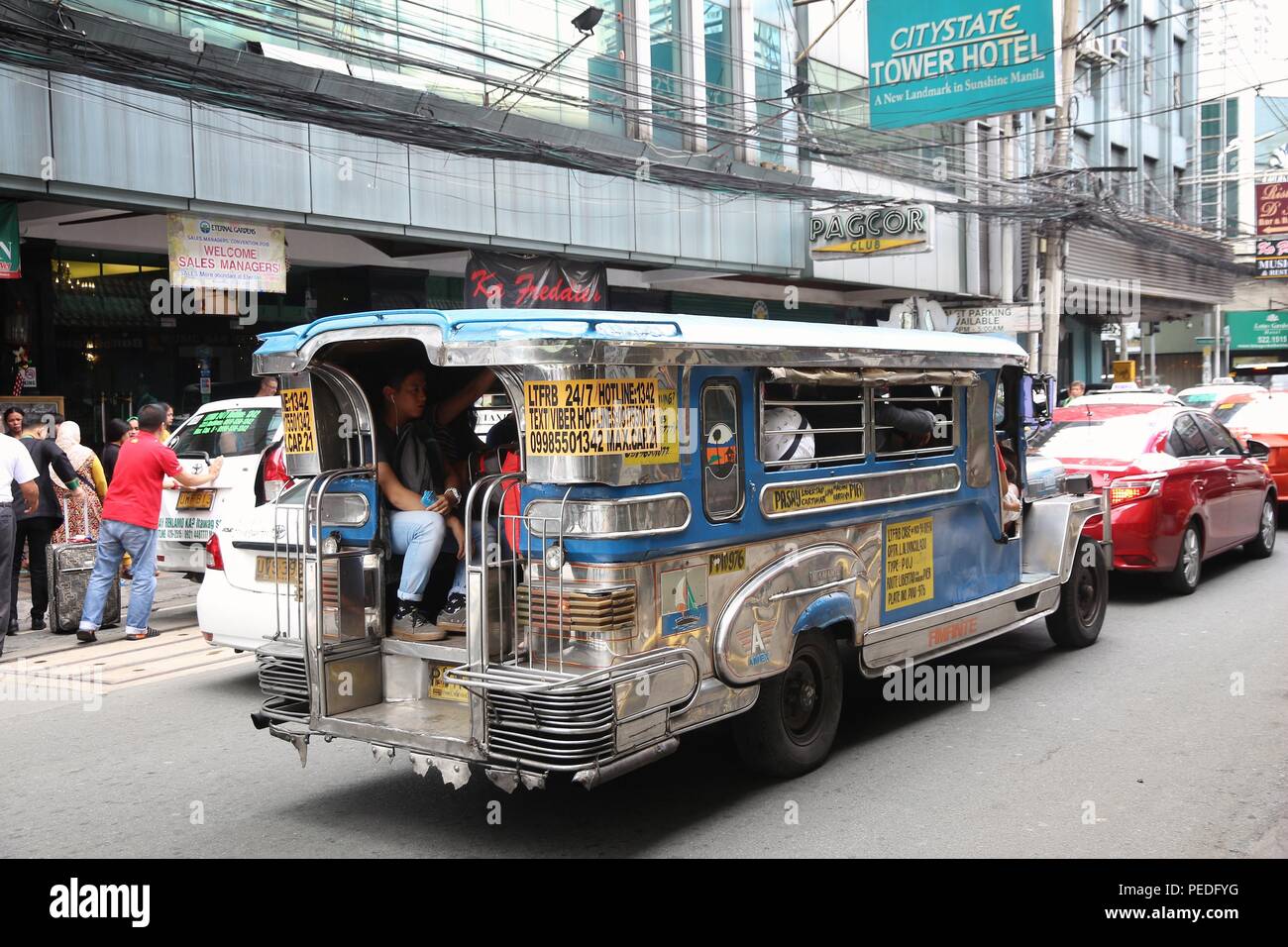Discovering the Influence and Performance of Transit Advertising And Marketing in Urban Advertising Strategies
Transportation advertising has actually become a substantial part of metropolitan advertising approaches, profiting from the one-of-a-kind characteristics of public transport environments. Its capability to get to a broad and varied target market presents brand names with a possibility to produce purposeful connections with regular presence. However, with the fast advancement of technology and moving customer behaviors, the landscape of transit advertising and marketing is undergoing noteworthy adjustments that warrant closer examination. What ramifications do these patterns hold for marketing professionals looking for to harness the complete possibility of this medium?
The Rise of Transit Advertising
As city populaces remain to swell, the need for cutting-edge advertising and marketing remedies has actually brought about the surge of transportation marketing as a critical component of urban advertising and marketing approaches. This kind of marketing leverages public transportation systems-- such as trains, subways, and buses-- to reach a diverse audience in densely booming locations. The performance of transportation advertising exists in its capability to engage consumers throughout their day-to-day commutes, an usually neglected yet critical time for brand name messaging.
With cities coming to be significantly busy, conventional advertising rooms are ending up being limited and much less effective. Transportation advertising supplies a dynamic alternative, making it possible for brands to display their messages in high-traffic areas where possible clients are consistently subjected to the ads. In addition, as urban homeowners progressively count on public transport, the relevance and exposure of transportation marketing have actually grown dramatically.
In addition, technological innovations have improved the sophistication of transit advertising and marketing, allowing for digital displays and interactive campaigns that can record consumer attention extra effectively than fixed advertisements. Consequently, transportation advertising and marketing is not only a cost-effective choice yet also a necessary strategy for brands looking for to get in touch with urban customers in a memorable and impactful fashion.
Key Advantages of Transit Advertising And Marketing
The performance of transportation advertising and marketing is emphasized by its multifaceted benefits, making it a vital device for metropolitan marketers. One of the primary benefits is its considerable reach; transportation systems offer countless travelers daily, enabling brands to get in touch with a varied audience in high-traffic atmospheres. This visibility enhances brand awareness, guaranteeing that ads are seen consistently by commuters.

In addition, transit marketing is cost-effective contrasted to other media, offering a reduced expense per perception while maintaining high visibility. The flexibility of ad formats, from bus wraps to digital displays, allows for creative and impactful campaigns that can adapt to changing market needs.
Consumer Habits Insights
A substantial section of customer behavior is influenced by the prevalent nature of transit advertising in urban settings. This type of advertising and marketing catches the attention of diverse demographics, involving consumers during their day-to-day commutes. As individuals browse dynamic cityscapes, they come across transportation advertisements in numerous formats, including bus covers, subway posters, and electronic screens. The tactical positioning of these advertisements optimizes visibility, thereby boosting brand recall.
Research study shows that transit advertising and marketing can stimulate emotional feedbacks, leading to boosted brand name affinity. Consumers typically link the experience of travelling with certain brand names, developing a long-term impact that affects purchasing decisions. Furthermore, the frequency of exposure to transportation advertisements cultivates knowledge, which is a crucial factor in consumer trust and loyalty.

In addition, the public facet of public transport adds to this phenomenon; as individuals share areas, they are more probable to go over and advise brand names they encounter. Hence, transportation advertising not just gets to consumers however additionally promotes social interactions that enhance brand name messaging. Comprehending these behavior insights permits marketers to customize their methods successfully, guaranteeing that their campaigns reverberate with target audiences in the urban landscape.
Study and Success Stories
Successful execution of transit advertising approaches is exemplified through various situation studies that highlight its effectiveness in city advertising. One noteworthy example is the cooperation in between a popular drink business and a significant city's public transportation system. The project used bus wraps and indoor posters, leading to a 30% increase in brand name recognition and a 15% surge in sales within the target market over three months.
An additional effective case entailed a neighborhood dining establishment chain that utilized train station advertising to attract travelers. By creating aesthetically striking ads that provided timed promos, the restaurant experienced an uptick in foot traffic, with an excellent 25% rise in lunch hour patrons.
In addition, a city's tourism board introduced a transportation campaign showcasing regional destinations through bus stop display screens and subway ads. The campaign resulted in a substantial boost in visitor sees, as reported by a 40% boost in inquiries at site visitor facilities.
These situation researches highlight the flexibility and potential of transportation marketing to involve metropolitan audiences efficiently, showing that strategic placements can generate significant rois and improve brand presence in dynamic city settings. - Transit Advertising Philippines
Future Fads in Transit Marketing
As metropolitan landscapes continue to progress, so also does the realm of transportation advertising and marketing, which is poised check over here to accept ingenious modern technologies and approaches. One substantial fad is the assimilation of electronic advertising screens into public transportation systems. These vibrant display screens permit real-time updates and targeted click over here now web content, boosting target market interaction. Moreover, the adoption of programmatic marketing is expected to acquire momentum, enabling marketers to utilize information analytics for more accurate audience targeting based on time, location, and group understandings.
Another arising pattern is using increased truth (AR) and virtual fact (VR) experiences within transportation marketing. These immersive technologies can mesmerize commuters, changing mundane trips into interactive brand name experiences. Furthermore, sustainability is ending up being increasingly vital; environmentally friendly advertising and marketing products and practices are most likely to acquire grip, mirroring the growing customer demand for company social obligation.
Last but not least, the increase of mobile connectivity will facilitate higher assimilation between transportation advertising and marketing and individual devices. Advertisers can create smooth cross-channel experiences, permitting for instant interaction and involvement with prospective consumers. Collectively, these patterns show a transformative future for transit marketing, supplying brand-new avenues for brand names to get in touch with urban audiences.
Verdict
Transportation advertising has developed itself as a substantial component of metropolitan advertising techniques, showing significant effectiveness through improved brand name presence and consumer engagement. The capability to adjust messages to details demographics, coupled with the ingenious use of innovation, placements transportation advertising and marketing as a driving force in modern advertising and marketing (Transit Advertising Philippines). As city settings remain to develop, the future of transit advertising and marketing assures more developments, ensuring its significance and effect in shaping consumer understandings and behaviors in urban landscapes
As urban populations continue to swell, the demand for innovative advertising solutions has actually led to the surge more info here of transportation marketing as a crucial part of metropolitan advertising techniques.A significant portion of consumer behavior is affected by the prevalent nature of transit advertising in urban settings. Jointly, these patterns suggest a transformative future for transit advertising and marketing, supplying new opportunities for brands to connect with urban target markets.
Transit advertising has developed itself as a considerable component of city advertising and marketing approaches, demonstrating significant performance via improved brand presence and customer involvement. As urban settings proceed to progress, the future of transportation marketing guarantees additional improvements, ensuring its significance and impact in forming consumer assumptions and behaviors in city landscapes.
Comments on “Budget-friendly Transit Advertising Philippines for Brand Name Recognition”